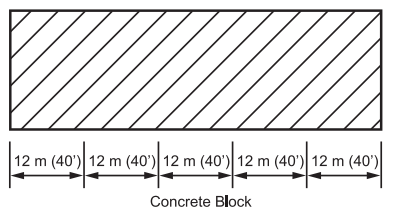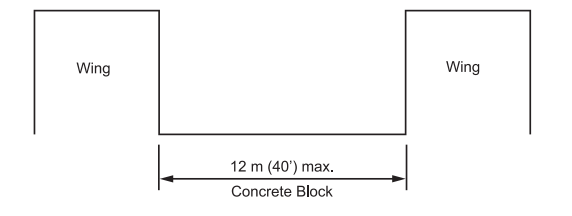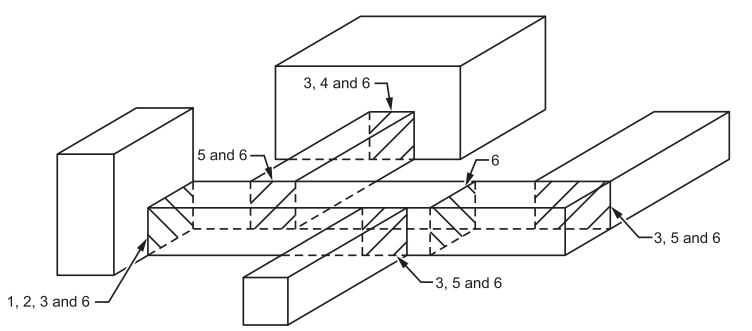Following topics to be discussed in this article are
1. SCOPE
2. REFERENCES
3. TYPES OF JOINTS
3.1 Control Joints
3.2 Expansion Joints
4. JOINT LOCATIONS
4.1 Control Joints
4.2 Expansion Joints
FIGURE
FIGURE 1 – Maximum Spacing Between Control Joints
FIGURE 2 – Example of Control Joint Spacing
FIGURE 3 – Maximum Control Joint Spacing Between Wings
FIGURE 4 – Expansion Joint Locations
Masonry Wall Joint Type and Locations | Architecture Works
1. Scope
This article provides data to help in determining joint type and locations for various building conditions.
2. Standards and Code References
Reference is made in this article to the following documents.
National Concrete Masonry Association (NCMA) of U.S.A.
Non-Reinforced Concrete Masonry Design Tables
Underwriters Laboratories (UL)
U900 Fire Resistance Directory Design Series
3. Types of Masonry Wall Joints
Masonry walls are subject to expansion, contraction, and other relative movements due to forces caused by differentials in temperature, varying moisture content, settlement, and structural loads. The resulting tensile and compressive stresses will cause cracks in the masonry unless controlled with joints. While deciding the joint type and location, work with dimensional limitations given in SES A03-E02. For additional information, see NCMA Non-Reinforced Concrete Masonry Design Tables.
3.1 Control Joints
Control joints are vertical separations built into the wall at locations where cracking is likely due to horizontal stresses within the wall itself. Control joints are generally 19 mm ( 3 /4 in) wide.
3.2 Expansion Joints
Expansion joints are provided in masonry walls to avoid cracks, breakage, distortion, malfunctioning or other unforeseen developments due to movement caused by forces external to the wall itself. Expansion joints address the effect of temperature differentials and varying structural loads on the entire building mass, and completely segregate adjacent building masses including interior floors, walls, and roofs. Expansion joints are generally 25 mm (1 in) or wider.
4. Masonry Wall Joint Locations
4.1 Control Joints
4.1.1 Location of control joints will vary according to climatic conditions since they address the effects of extreme temperature and moisture differentials on masonry.
4.1.2 Spacing Criteria. Joint spacing will depend upon:
a. the expected movement(s) of wall or other elements.
b. the resistance of wall to horizontal tensile stress.
c. the extent and location of windows, doors, recesses, chases, and other causes of stress concentration.
4.1.3 Generally, a control joint is located at one side of an opening less than 1830 mm (6 ft) in width, and at both jambs of openings over 1830 mm (6 ft) in width. Where concrete unit masonry is used as backup for other materials, control joints shall be extended through the facing material if it is rigidly bonded (mortar bond). Control joint need not extend through facing when bond is flexible metal ties. Also a control joint should extend through plaster applied directly to masonry, but plaster on furring may not require a vertical separation at a control joint. Refer to Figures 1, 2, and 3 for maximum spacing of masonry control joints for various building shapes.
4.2 Expansion Joints
4.2.1 For expansion joint spacing and location criteria see Figure 4.
4.2.2 For expansion joints in fire walls, see UL U900.
FIGURE 1 – Maximum Spacing Between Control Joints

FIGURE 2 – Example of Control Joint Spacing

FIGURE 3 – Maximum Control Joint Spacing Between Wings

FIGURE 4 – Expansion Joint Locations
